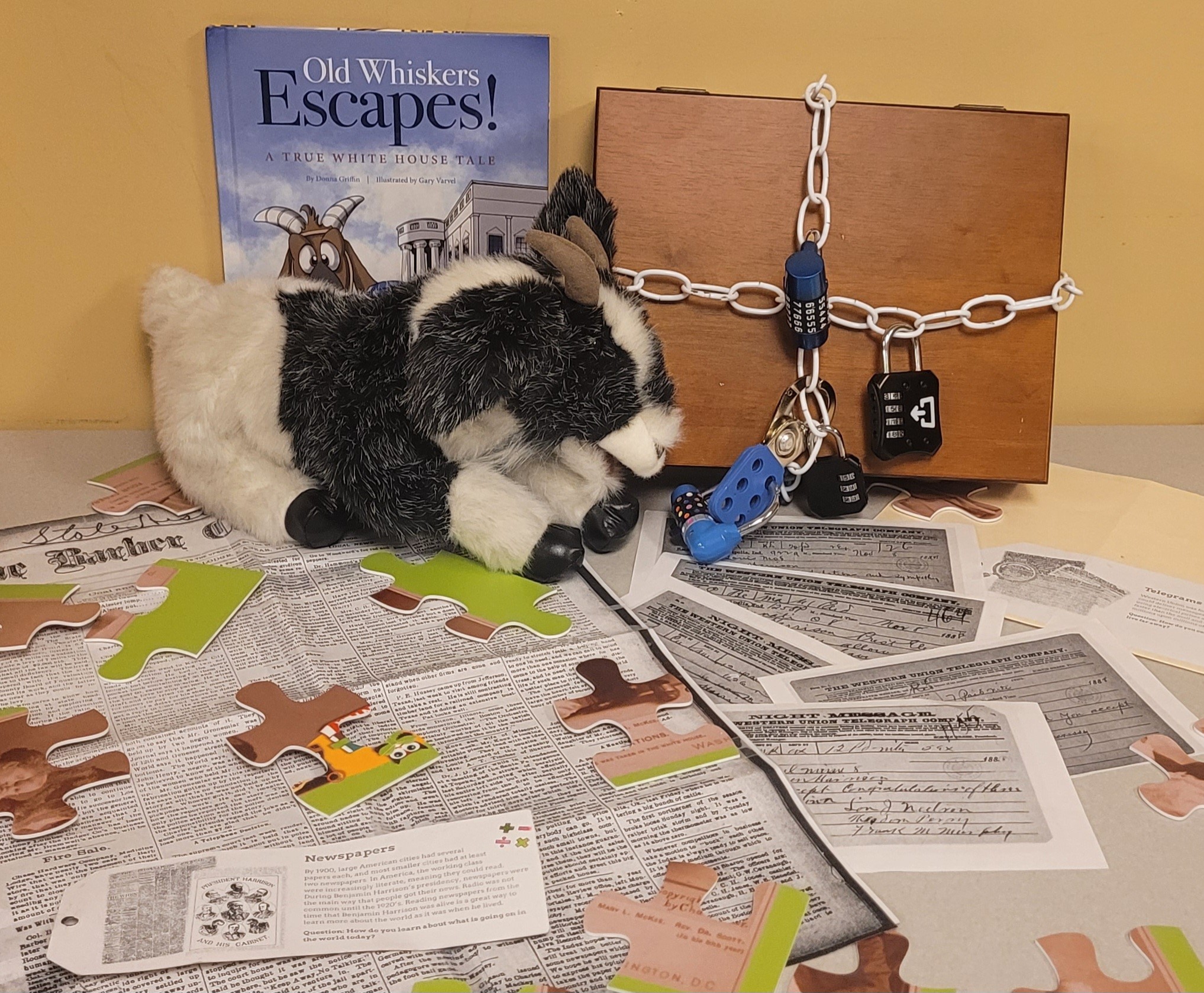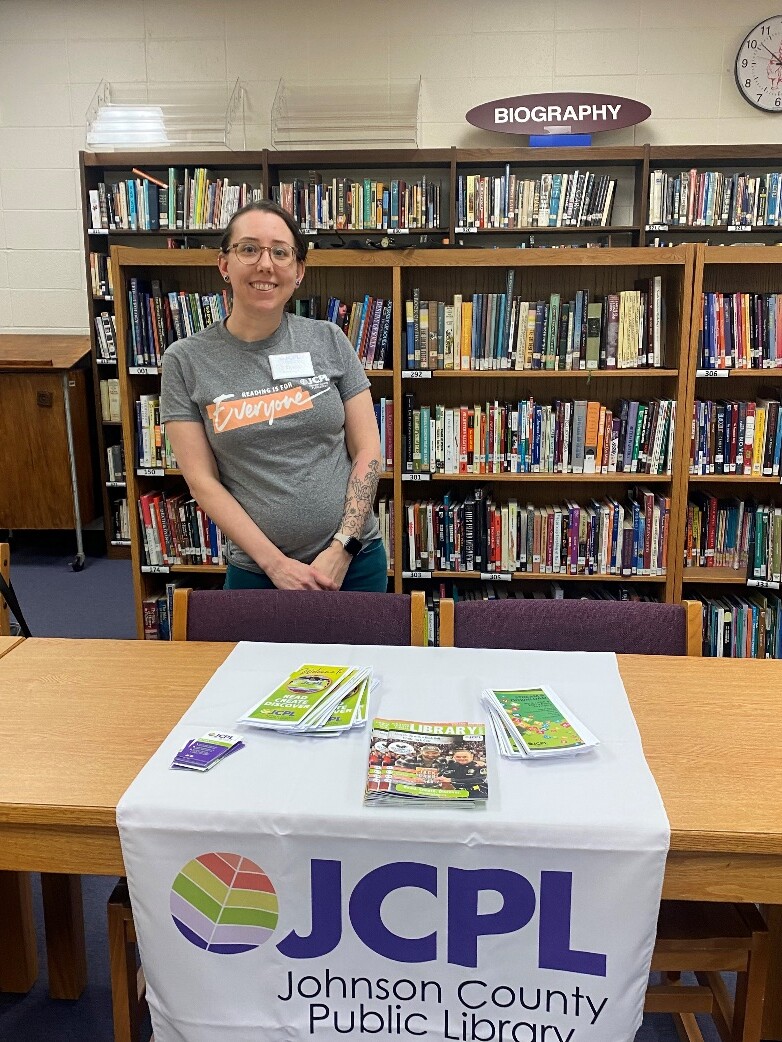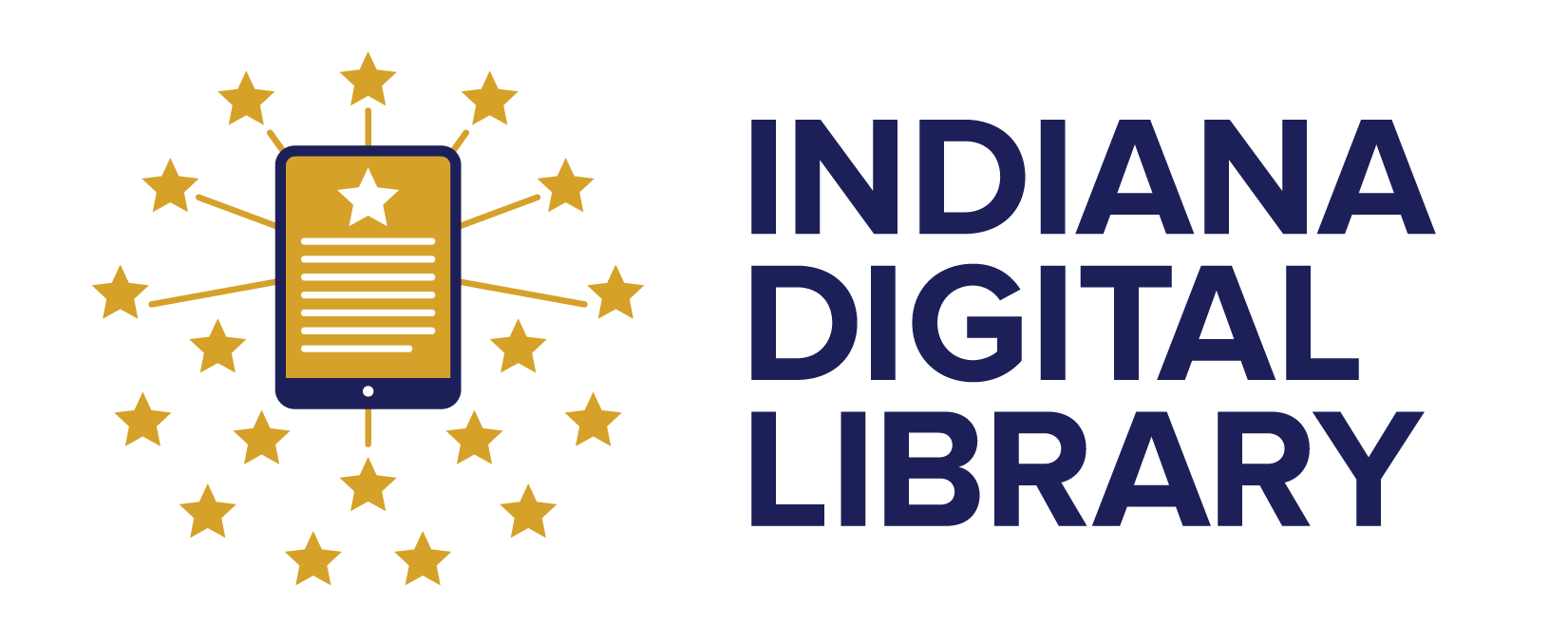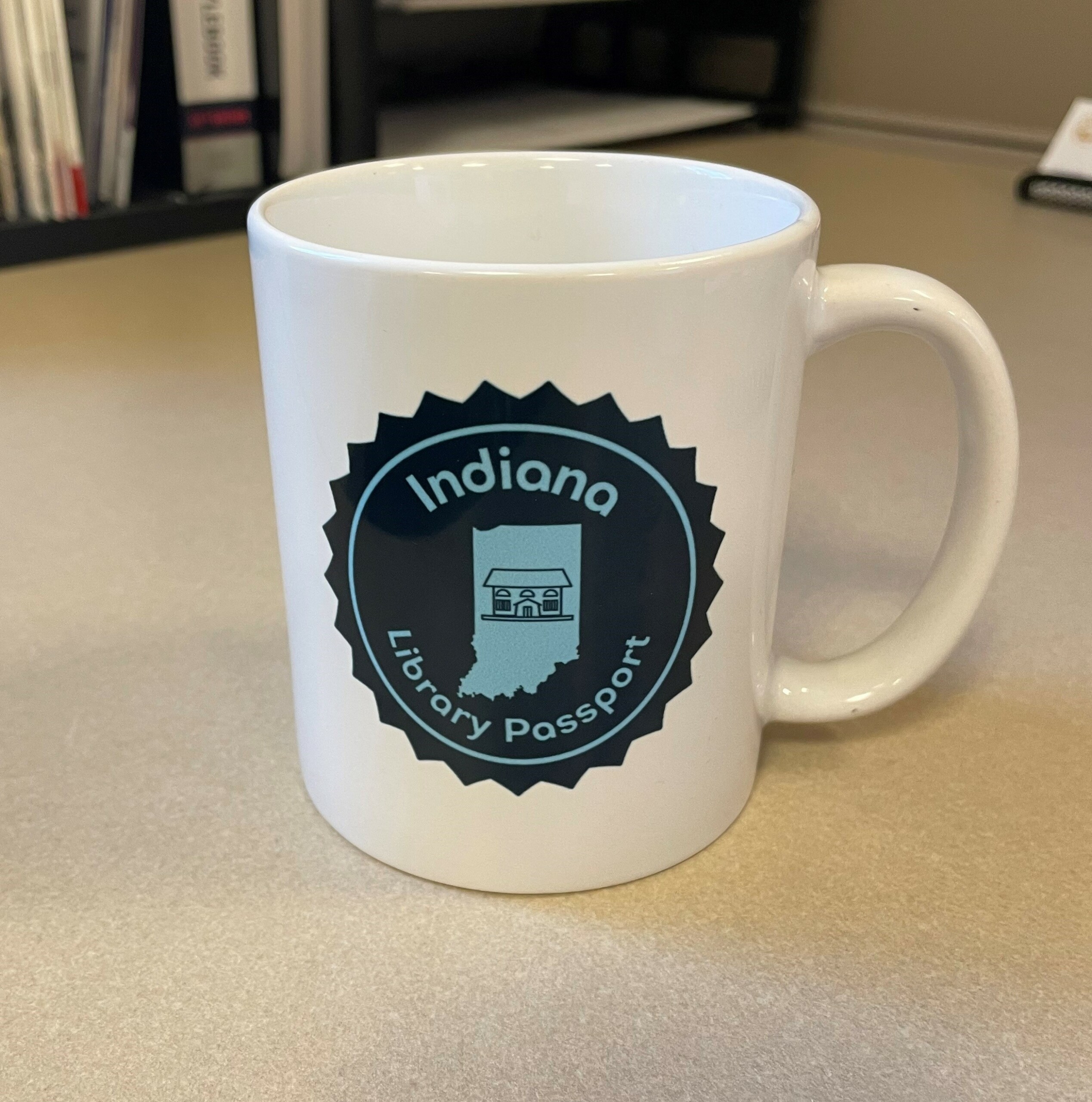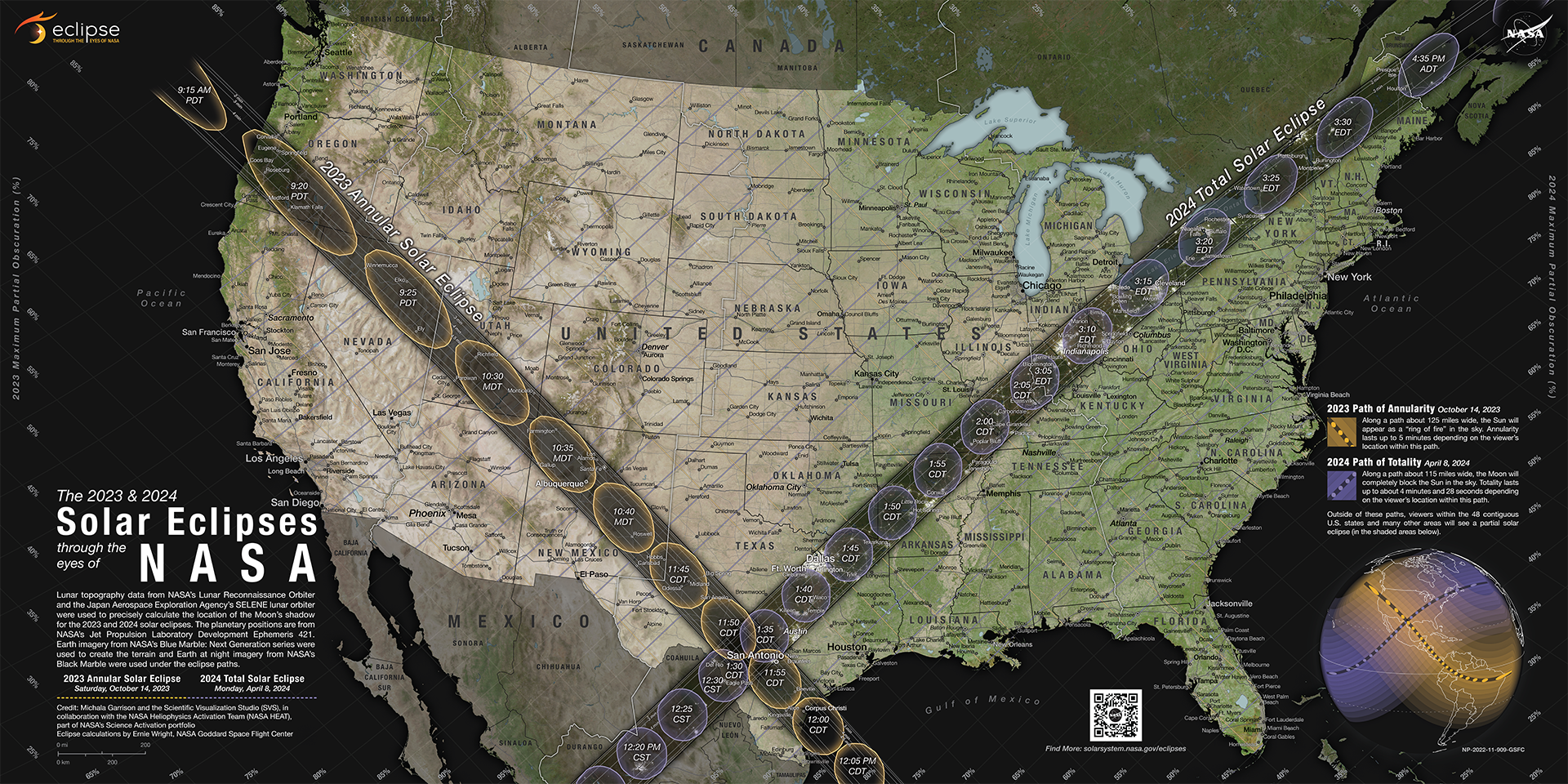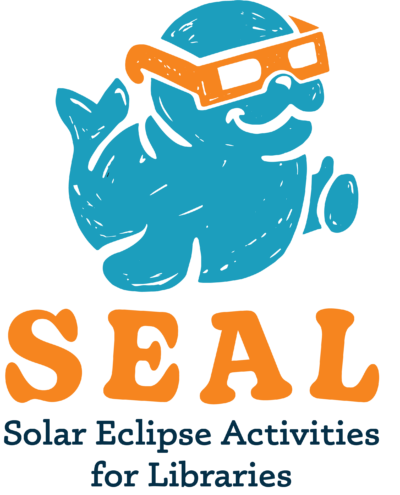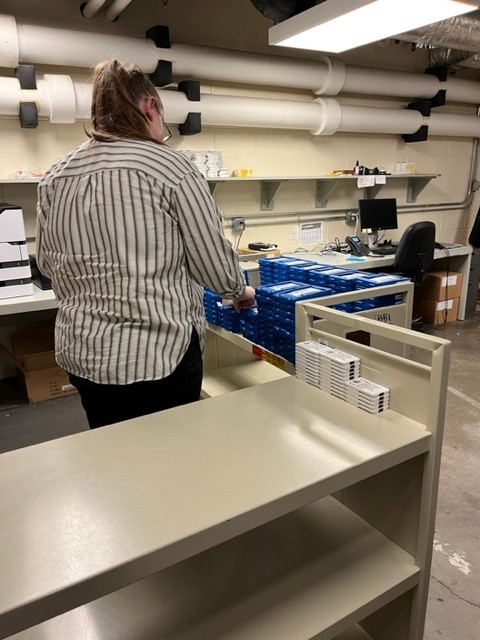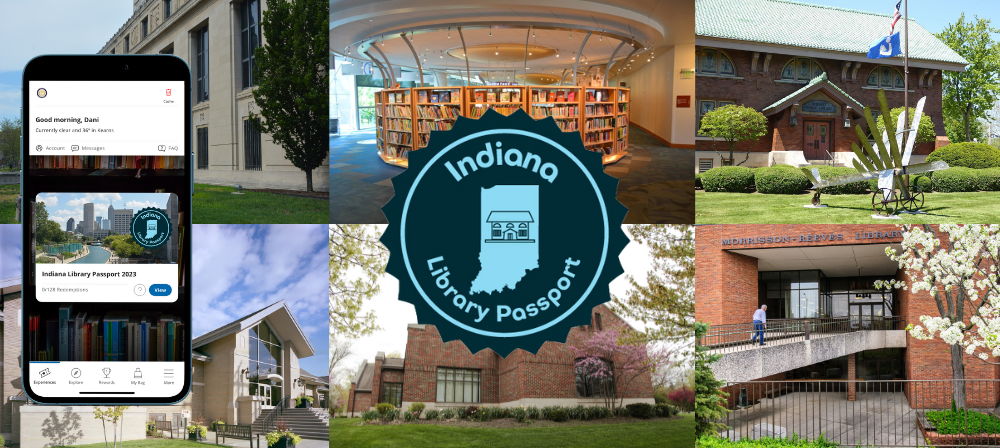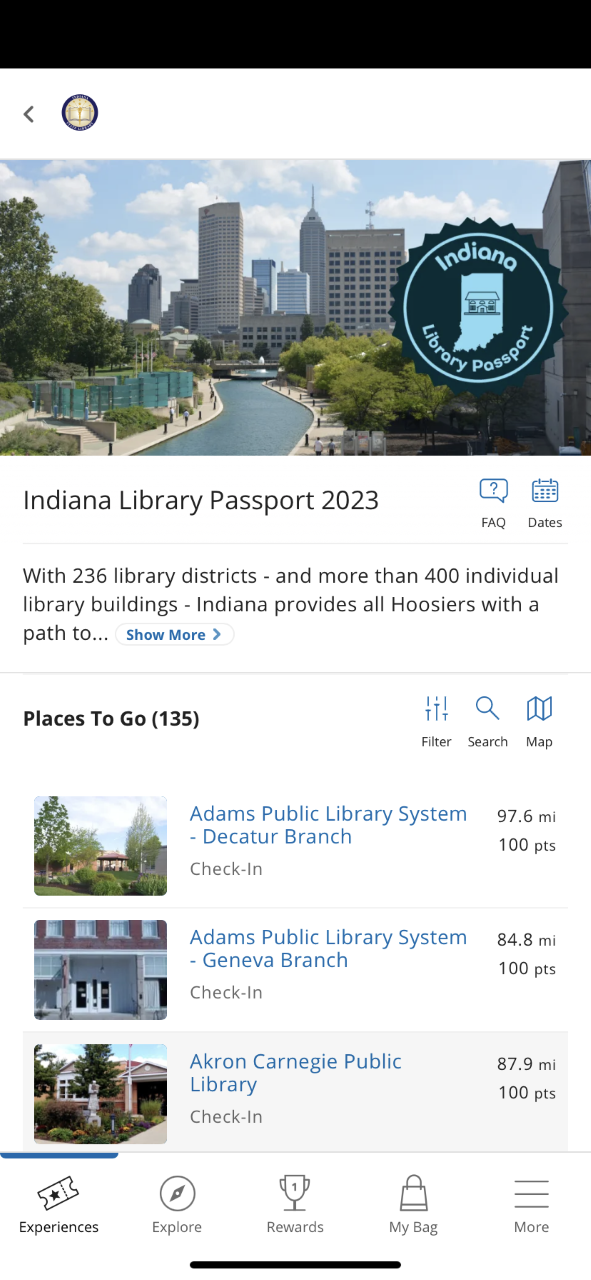The Indiana Young Readers Center at the Indiana State Library has been hard at work developing six circulating escape room kits for Indiana librarians and teachers to check out and use with their patrons and students. The kits are not yet ready, but the IYRC is looking for Indiana librarians and teachers who might be interested in testing the kits while they are still in beta form. We are also interested in knowing how many librarians and teachers might be interested in checking out the kits once they are completed in early 2025.
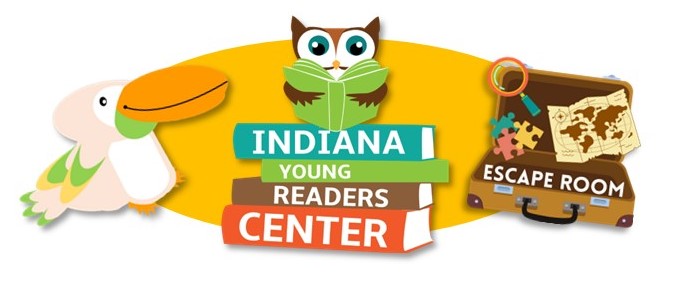 The kits are “escape room” type experiences where students are left in a room with clues, puzzles and locked boxes and must work together to search the room, crack codes and eventually unlock the last box that will allow them to escape. All six experiences include narratives based on Indiana history and feature facsimiles of actual primary source documents located in the Indiana State Library’s collections or collections from the Library of Congress. Most of the experiences have the same “villain,” Sammy, the Interviewing Toucan, who you might be familiar with from Author Interviews available on the Indiana State Library’s YouTube channel.
The kits are “escape room” type experiences where students are left in a room with clues, puzzles and locked boxes and must work together to search the room, crack codes and eventually unlock the last box that will allow them to escape. All six experiences include narratives based on Indiana history and feature facsimiles of actual primary source documents located in the Indiana State Library’s collections or collections from the Library of Congress. Most of the experiences have the same “villain,” Sammy, the Interviewing Toucan, who you might be familiar with from Author Interviews available on the Indiana State Library’s YouTube channel.
Escape rooms are perfect for teens – and even adults – as they promote teamwork, collaboration, communication, problem solving, independent thinking, leadership, curiosity and more. The Escape Room Experiences can be used independently or can be used with lesson plans to further explore the topics. Topics covered by the Escape Rooms include:
- President Benjamin Harrison – Featuring the only Indiana president to date.
- Genealogy – Featuring a diary written in 1904 by a 9-year-old from Rensselaer, Indiana.
- Aviation – Featuring Octave Chanute, an early aviator from Indiana who worked with the Wright Brothers.
- Basketball – Featuring the Crispus Attucks High School state championships in 1955 and 1956.
- Quakers – Featuring Levi and Catherine Coffin, Indiana Quakers and abolitionists.
- Hoosier Women – Featuring Madame C. J. Walker, Amelia Earhart, Eva Kor and more.
The kits have been designed with varying levels of difficulty, so that students young and old will be able to enjoy the mysteries.
Interested librarians and teachers should fill out this form. You’ll be able to indicate if you want to be notified in early 2025 so you can get a first crack at booking a kit. You’ll also be able to indicate if you are more specifically interested in testing a kit out this fall in 2024. If you test a kit for the IYRC, it is expected that you’ll provide feedback to the Indiana State Library on how the test went. The kits were designed for middle and high school students and are best used in small groups of four to eight students. If you have a larger group of students, you might consider booking multiple kits as four copies of each kit will be available.
Three in-person trainings as well as a webinar about these kits are coming in October. Trainings are currently open for registration. Click here for training dates and to register. In addition to these up-coming trainings, you can view a webinar on this topic that was done for Government Information Day in May of 2024. It is already available and can be viewed here.
This program is sponsored in part by the Library of Congress Teaching with Primary Sources Midwest Region Program, located at Illinois State University. Content created and featured in partnership with the TPS Midwest Region does not indicate an endorsement by the Library of Congress.
If you have questions or would like more information, please reach out to Suzanne Walker, the Indiana Young Readers Center Librarian and the Director of the Indiana Center for the Book. She’d be more than happy to answer your questions about this exciting upcoming program from the Indiana State Library.
This blog post was submitted by Indiana Young Readers Center librarian Suzanne Walker.

